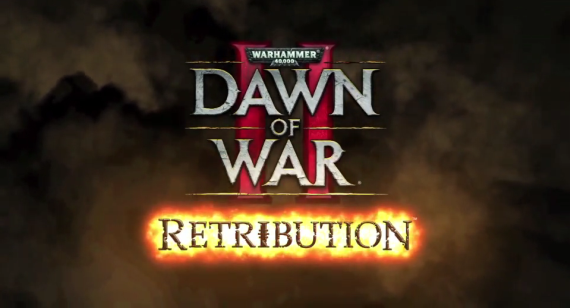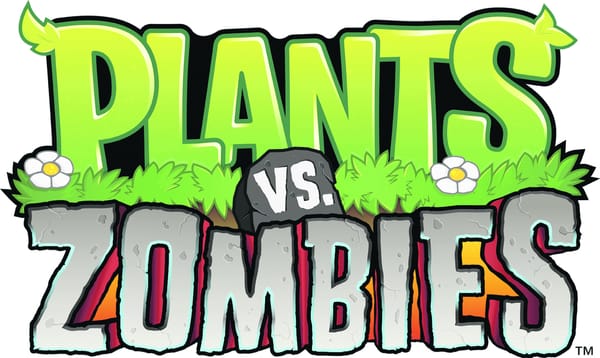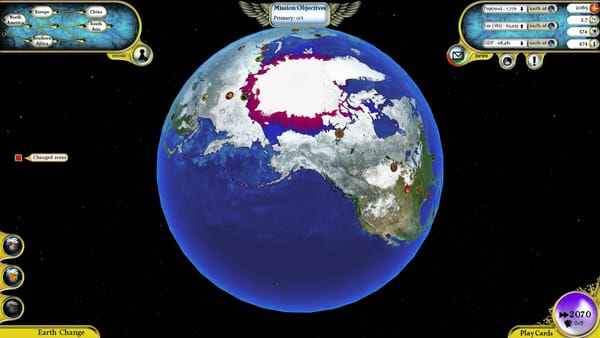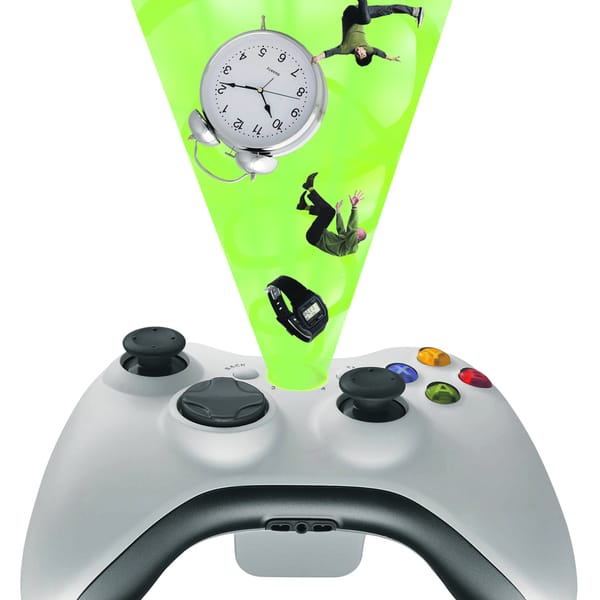Retribution is a dish best served cold... with friends
Tagore Nakornchai has his space cake and eats it in real-time strategy Dawn of War II: Retribution, where a enjoyable if repetitive single player campaign makes way for a fantastic multiplayer experience

The Warhammer 40,000 universe is a violent place. There are literally a hundred ways to die: you can be chopped up by a chainsaw sword, gnawed to death by a giant bug, have your mind blown up by a psychic space-elf, or shot in the back by your own side to hide some obscure secret._ Dawn of War II: Retribution_ is a real-time strategy game set in the universe, and really brings the table-top game to life.
Retribution is a standalone expansion to the previous Dawn of War games, which means you can jump straight into it without buying any of the previous installments in the series. It adds a sixth faction to the game, the Imperial Guard, basically ordinary humans who have been given a LASER rifle and shipped halfway across the galaxy to die. They, and their tanks. Lots and lots of tanks.
And boy, the game looks beautiful – and it loves to boast. Explosions, dust, crumbling buildings, rocks falling from the sky, huge laser beams of death. If you zoom in, you can see that game developers Relic have put in a lot of detail into their models, and that each one has a lot of character. It puts pretty much every other real time strategy game to shame when it comes to colour and visuals. But, it does have the graphics requirements to match.
The campaign is a lot of fun. Since the events of the previous expansion (Chaos Rising), the Aurelia sector has gone to the dogs. Long story short, the Imperium has decided that they had enough of this stupid little sector and have decided to purge the sector of life – including their own citizens. For the first time in Dawn of War II, you can play as any of the 6 multi-player factions in the campaign. Apart from the Imperial Guard and the Space Marines, who represent the defenders of the sector, you have the Eldar (angry space Elves with heavy fire power), Tyranids (think Zerg from Starcraft), Orks (Orcs – in space!) or the Chaos (evil space marines). The campaign has twelve solid missions, and in each you start with a small force of heroes and slowly run around the map, capturing resource locations and slowly building a large force to complete objectives (mostly involving blowing stuff up).
The campaign missions are great and quite well written, though the last mission was a bit of a grind towards the end. However, all six factions basically have the same campaign with the only difference being some dialogue and some (usually minor) storyline changes. While the campaigns are different enough to make replaying it with a different faction fun, I couldn’t help but feel slightly disappointed completing the same missions again. The other single player mode on offer - Skirmish against the computer – was also disappointing. While the AI can put up a tough enough fight against newer players, most experienced players find this game mode to be a cakewalk.
The heart of the game, however, is the multi-player. There is no base building in Retribution – the focus is almost entirely on unit management, tactics, and resource management. So games get violent very quickly – there is no five-minute downtime at the start of games, you are fighting your opponent from the first minute. Resources are obtained from capturing resource points spread across the map, and from building structures to secure these. This makes games intense and action-packed, and a constant battle to grab control of resources. The game also rewards clever tactical decision-making – using cover, flanking and arcs of fire add an element of depth not seen in many other strategy games. In the game, it is quite common for a smaller but better controlled force to beat a larger force that has been caught out of position.
For most multi-player games, each map has three ‘victory points’, which work in a similar way to the control points in Battlefield – controlling more of the victory points than your opponent causes his ‘tickets’ to drop. The person or team whose tickets drop to zero first lose. This usually results in huge, desperate battles for control of important central locations as players jostle for position. There is also the traditional tried-and-tested ‘annihilate’ mode, where you simply try to blow up the enemy base before he/she does the same thing to yours. Multiplayer mode is tense, interesting and keeps you engaged throughout.
‘The Last Stand’ is the other main multiplayer game mode – it is a cooperative survival mode where you and two friends/acquaintances/random Internet strangers fight off hordes of increasingly powerful enemies with a single hero, who can be customised with war gear which will grant special abilities like the ability to copy enemy units, or to teleport. As you play and win, you level up and get even nicer war gear, which is important, because the early war gear is crap. It is a tough mode, quite unforgiving, but it gets more and more fun as you unlock cooler war gear and tricks.
Retribution is a varied, diverse, and pretty gaming experience. While there are some issues with the repetitiveness of the single player campaign, and the Skirmish AI leaves much to be desired, the multiplayer more than makes up for it – both the traditional head-to-head Victory Points and Annihilate games and the co-operative Last Stand modes are amazing with competent humans at the keyboard.
Dawn of War II: Retribution is available now from Relic Entertainment and THQ for PC.









